
Rudi Jung is a co-owner of the ever successful Black Magic Paint, located in the northwest hills outside Portland, Oregon. Alongside his talented partners, Rudi primarily paints custom designs on bike frames for discerning customers, artisan builders, and several larger bike brands. Black Magic’s list of patrons includes Moots, Open, Specialized, Santa Cruz, Pivot, Ti Cycles, and a host of others. While they also spray components, custom furniture, industrial implements, and motorcycle parts, their main canvas is the round tubes that make up those two magical triangles.
Rudi has been riding bikes most of his life, beginning with BMX and mountain biking, and eventually riding road and racing cyclocross. He has similarly been painting in one form or another since he was old enough to work, spraying kitchen cabinets as his first canvas. He bounced around the US, from California to Oregon, then a stint in Boston before finally returning to Portland where Black Magic was born.

Three years ago, Rudi set out for a two-week long motorcycle trip with his twin brother. The pair toured around Glacier, Montana, through Idaho and Nevada, and completed their expedition on Lake Tahoe, where they grew up. They stayed on the lake for a few days and had planned a ride around its storied blue waters with the family friend who had originally introduced them to riding motorcycles. Rudi planned to roll home the following week and get back to painting.
The day of their lake loop Rudi says his twin brother came out of the house wearing regular street clothes, which seemed odd. He made mention of his brother’s clothing choices, and his brother quickly went back inside and put his protective gear on. They both had been touring in aero-stitch suits, with ballistic padding covering all of the joints and important areas. “Dress for the slide, not the ride” is the motto that safety-conscious moto riders follow.

Roughly halfway around the lake Rudi’s brother cautioned him that there was a speed trap up ahead, so they both made sure to mind the state speed limit. They were rounding a corner toward a gradual incline in the road when a deer “jumped into my body” as Rudi puts it. The deer launched itself directly into his torso and bike in tandem, knocking him off the machine at 65 miles per hour. Rudi stayed awake and alert throughout the crash and vividly remembers his interactions with the ground and the helicopter paramedics who eventually sedated him.
Both of the other riders pulled over to help. He removed his helmet and jacket and immediately noticed that it was difficult to breathe, and he wasn’t able to move his right arm. In the crash, he had sustained a broken leg, collar bone, neck, back, and pelvis, snapped fourteen ribs, and shattered his arm in numerous places. Those broken bones could eventually be bolted back together, but as Rudi lay alongside the highway, a few feet from a giant boulder that would have taken his life had he slid any faster, he was drowning. One of the splintered bones had punctured his lung.
Fortunately, a doctor drove around the corner and pulled over to help Rudi’s brother stabilize him while they waited for a helicopter. He awoke later inside a Reno hospital, heavily dosed on painkillers. It took several surgeries to repair Rudi’s bones and organs, and he spent a significant amount of time in a hospital bed. Once he was well enough to leave, the hospital discharged him, broken back and all. He had nowhere to go. He didn’t have any family in Reno, and wasn’t well enough to get home. Fortunately, a dear friend let him sleep on the couch for two weeks until he could be safely transported back home to Portland.
If I wasn’t wearing a good helmet I would have died. If I didn’t have the protective gear on, I would have bled to death. I still broke a ton of bones. My arm is still paralyzed and part of my back is still paralyzed, but it’s so much better than being mangled. I didn’t break any joints, thanks to the protective gear.
The crash altered Rudi’s life and perspectives in a number of ways, but none so much as losing the use of his right arm. Four of the five nerves that make up the brachial plexus, attached to Rudi’s spinal cord, were pulled out at their roots, leaving his arm, shoulder, and parts of his back permanently paralyzed. He has closely followed the direction of his physical therapist over the past three years while learning to do most daily tasks with his non-dominant left hand. As an artist, lifelong cyclist, and guitar player, these great shifts in Rudi’s life have required extraordinary courage and perseverance. Today, he looks to his physical therapist with great gratitude for helping his body work through the trauma while regaining strength and mobility.

After returning home Rudi’s leg had to be re-broken and straightened since the first surgery had left it at an uncomfortable angle. He had to walk with a cane for over a year, and his friends from Seven Cycles built a custom cane from titanium and carbon fiber. Remembering that gift, Rudi said “that’s a really good way to not feel like shit. When your cane looks good.”
The fancy cane wasn’t the only element of recovery that Rudi saw through a half-full glass. He has been straight-edge throughout his life and has managed to work through the mental and physical elements of his injuries without the use of any drugs or alcohol. He finds mindfulness practices and a decidedly healthy diet, devoid of sugar, to be the best way to deal with the daily pain signals associated with his severed nerves. Those pain signals, commonly known as peripheral neuropathy, give Rudi’s brain the sensation that his arm is on fire, but when he is mindful and occupied he’s able to manage that burning sensation, even forgetting about it altogether when he’s truly focused on his craft.
While Rudi was still in the hospital his girlfriend, Olivia, sent him a video of Tom Wheeler, an adaptive mountain biker in the UK who has a paralyzed arm. Rudi was stoked by the prospect of riding after recovery, and determined to push through the pain to ride again. He now rides, like most adaptive cyclists, with both brakes on the left side and a gripshift and dropper post lever on that same end of the handlebar. He is in the process of building up a bike packing whip, with a Hopey steering damper to help stabilize the front end.
In addition to getting back on the bike, Rudi has learned to play the drums and joined a band since his moto accident. When people ask how he manages with one arm, he simply says “you just play twice as fast.” He still attends bi-weekly physical therapy sessions to loosen up the muscles around the paralyzed parts of his back and to strengthen the muscles that help keep his spine aligned properly.

Rudi has now been painting frames with one arm for longer than he painted with two, and he mentioned that some of the best frame art he has created was sprayed with his left arm. Between those focused creative moments, he has also experienced a great deal of discrimination from customers and individuals throughout the bike industry. From asking inappropriate questions to blatantly calling him “the cripple,” he’s heard it all. Rudi says he’s grown really good at deflection, and can change the subject like no other, but the crass comments from peers and clients continue.
Black Magic Paint continues to grow at a healthy pace, and will soon expand into a larger paint facility. This future location will provide the necessary space to streamline the painting process and will allow Rudi to ride his bike to work, which he’s super stoked about. Apart from the big move, Rudi says he is excited about some different methods, like ceramic coatings, that are working well and broadening the scope of work they can offer.
Whether you need your classic Klein fade repainted, or want to send you favorite frame in for a creative coat, the talented folks at Black Magic Paint can sort you out.
I would like to thank Rudi for sharing his story, and for sharing his aesthetic talents to make our two-wheeled-world look amazing.

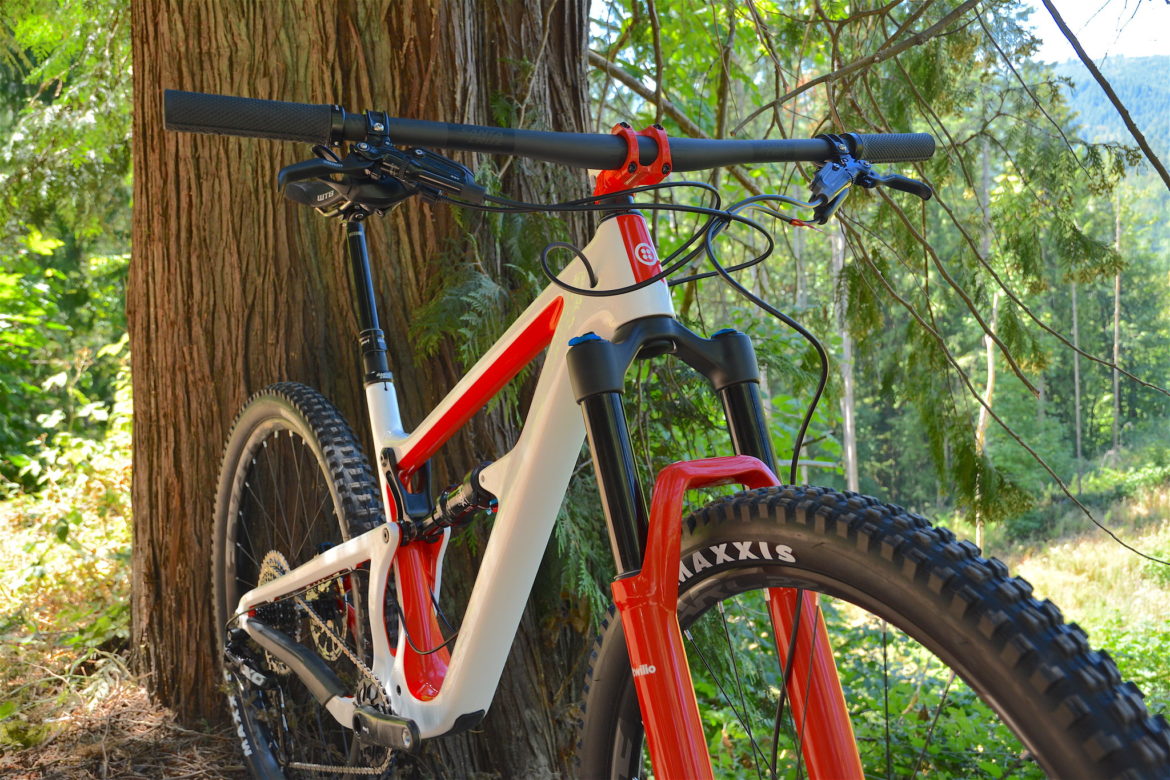


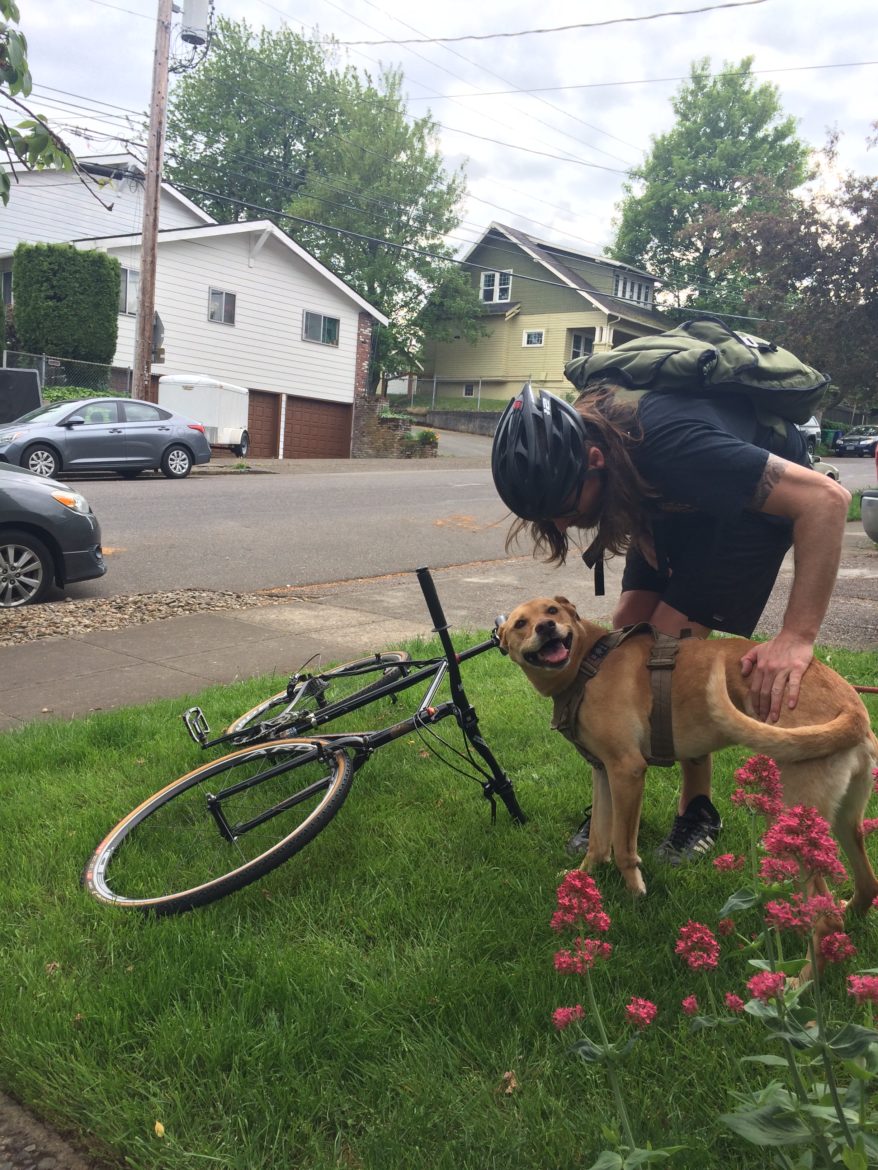
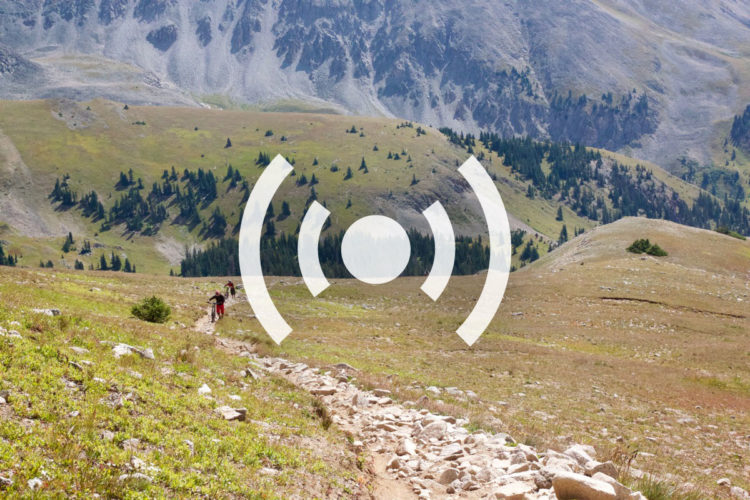
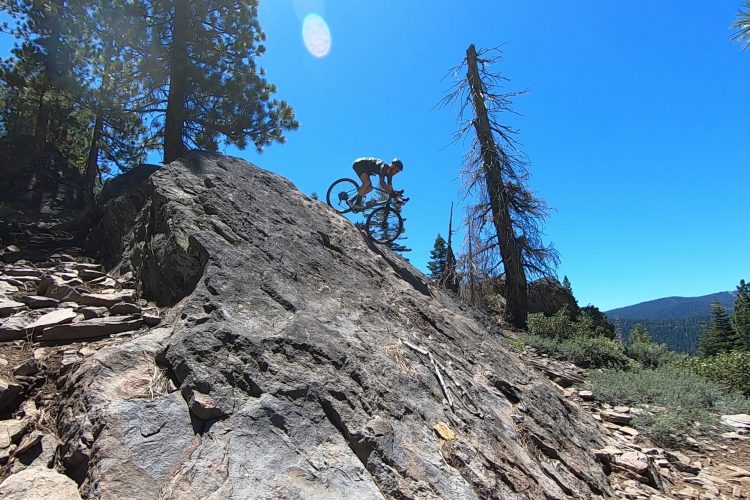

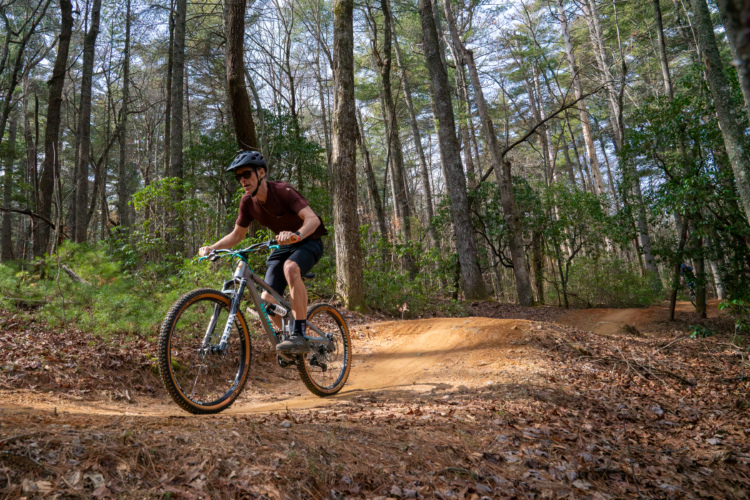
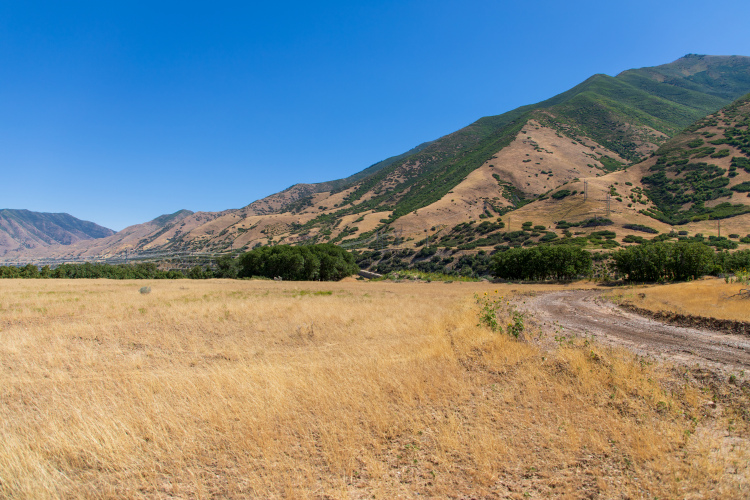

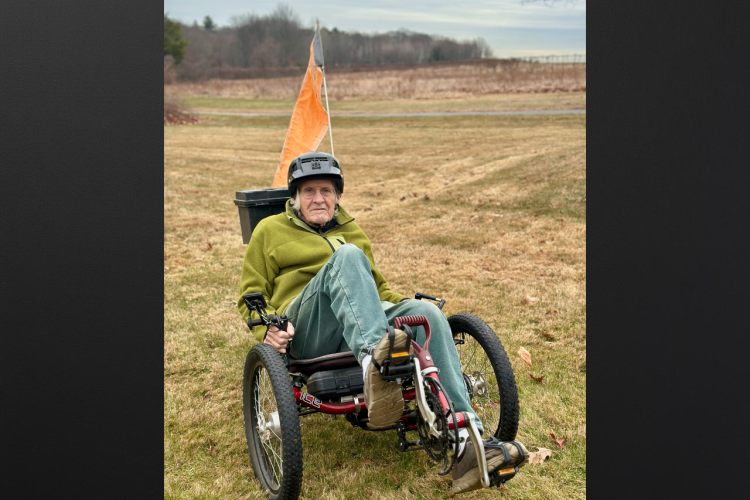
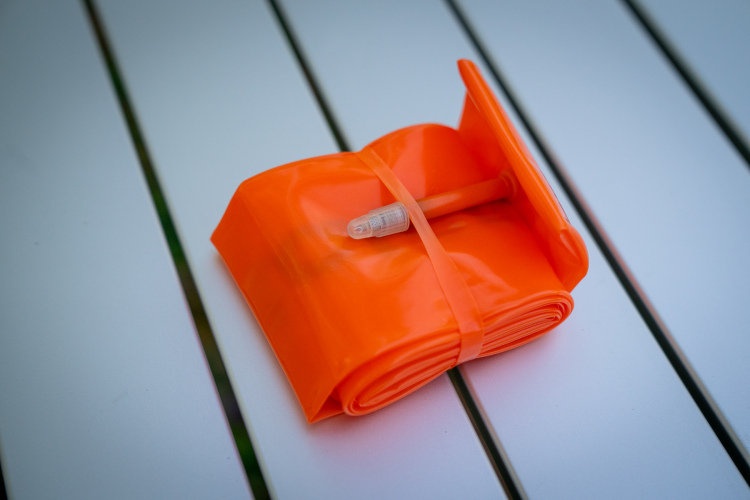

0 Comments